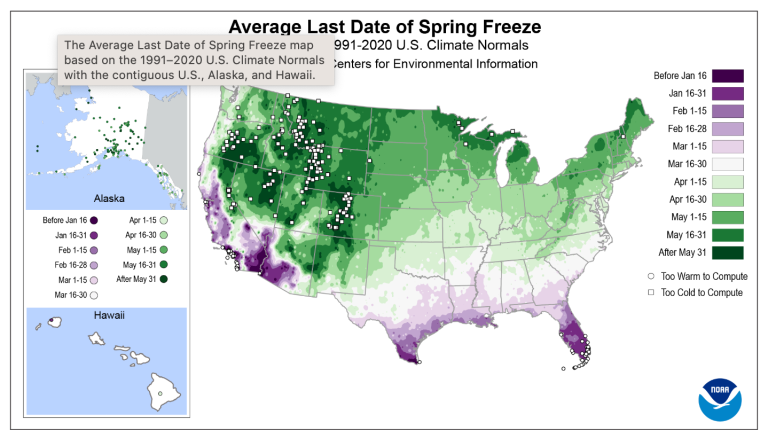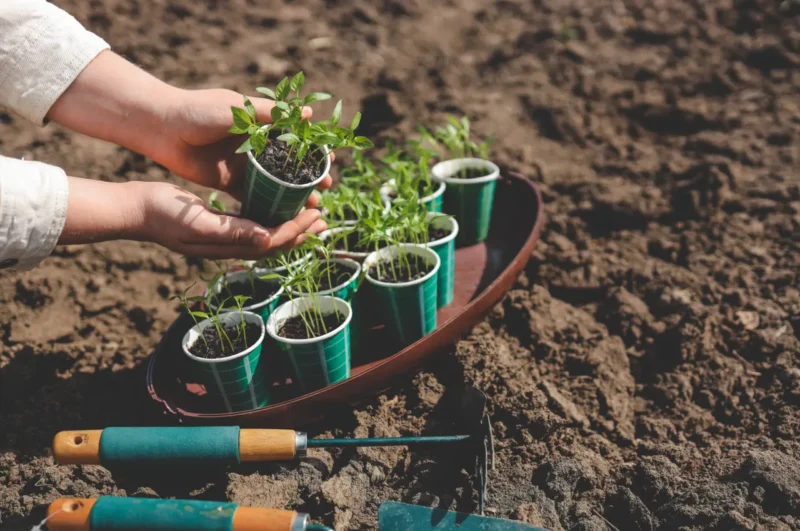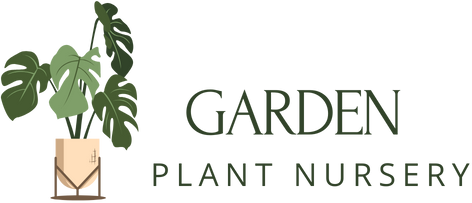Have you ever lost your baby tomato plants to a surprise frost? Or plant too late and miss that perfect spring growth window? If you’ve been there, you know how frustrating it is to put in all that effort just to see it go to waste. Planning your garden around your area’s last frost date might sound simple, but it could be the one thing that transforms your gardening season from stressful to successful.
In this guide, I’ll show you how to use the last frost date to build a custom planting schedule that actually works—based on real weather, real zones, and real experience. Whether in Zone 6B or Zone 9A, this is for you.
What Is the Last Frost Date and Why Does It Matter?

The last frost date is the average date in spring when your region typically sees its final frost. It’s based on historical weather data and used as a reference point for safe planting. Why does it matter? Because planting too early means risking your crops to cold damage, while waiting too long can shorten your growing season significantly.
Think of it as your garden’s official green light.
The USDA Plant Hardiness Zone Map is your best friend here. Just plug in your zip code and you’ll know which climate zone you’re in. Each zone has a different average last frost date—and that affects everything from when to sow seeds indoors to when you can finally move those seedlings outside.
How to Find Your Last Frost Date (The Easy Way)
You don’t need to be a weather expert. Here are some simple tools:
-
The Old Farmer’s Almanac Frost Date Calculator
-
National Weather Service (NWS) forecast tools
-
Gardening apps like GrowVeg or Almanac Garden Planner
-
Your local cooperative extension office (they often have localized charts)
Pro tip: These dates are averages, not guarantees. Always keep an eye on your local weather forecasts for unexpected late frosts.
Create a Planting Schedule Based on Your Last Frost Date
Now for the good stuff. Once you know your last frost date, here’s how to map out your planting plan:
1. Work Backwards for Indoor Seed Starting

Let’s say your last frost is April 15. Look at your seed packets. Many will say something like “Start indoors 6-8 weeks before last frost.” That means you should start those seeds around mid-February to early March.
Examples:
-
Tomatoes: 6-8 weeks before last frost
-
Peppers: 8-10 weeks before last frost
-
Broccoli: 5-7 weeks before
2. Wait for the Right Soil Temperature
Just because the calendar says it’s safe doesn’t mean your soil temperature agrees. Use a simple soil thermometer:
-
Cool-weather crops (like lettuce, peas, and spinach): okay at 40°F (4°C)
-
Warm-weather crops (like tomatoes, melons, and cucumbers): need 60-70°F (16-21°C)
3. Know Which Plants Can Handle a Light Frost
Some veggies are tough! You can plant these before your last frost:
-
Spinach, kale, radishes, onions, carrots, and peas
-
Many hardy perennials and cool-season flowers
4. Schedule Outdoor Planting for Tender Crops

Wait until at least 1-2 weeks after your last frost date to plant things like:
-
Tomatoes, cucumbers, peppers, squash, eggplant, corn, beans
Trust me, don’t rush this. A sudden cold snap can undo weeks of prep.
Read more: 14 Stunning Spring Flowers to Beautify Your Garden
Let’s take Zone 7A (average last frost: around April 10):
-
Start tomato and pepper seeds indoors in late February
-
Direct-sow carrots, radishes, and lettuce by mid-March
-
Transplant tomatoes outdoors in late April (weather permitting)
Your local frost-free date is a helpful reference, but again—always double-check the 10-day weather forecast before committing!
Tips to Protect Your Plants from a Surprise Frost

Even after the last frost date has passed, unexpected cold snaps or late frosts can still occur. Fortunately, there are several ways to protect your plants:
-
Use Frost Cloths: Light frost cloths are an affordable and effective way to shield sensitive plants from late frosts. These cloths trap heat while allowing sunlight to penetrate.
-
Row Covers: These are fabric covers placed over rows of crops, allowing for better airflow while still providing protection from frost.
-
Greenhouses or Cold Frames: If you want to start your plants earlier than the outdoor temperatures allow, using a small greenhouse or cold frame can give your plants a head start.
Example: Last year, I planted some tomato seedlings just after the last frost in my region, but a late cold snap came two weeks later. Luckily, I had covered them with frost cloths, which saved my young plants and allowed them to grow strong once the weather warmed up.
Choosing the Right Plants for Each Frost Date

Now that you know how to protect your plants, let’s talk about which plants are best suited for each stage of the spring season. Here’s a breakdown of common garden plants and the right time to plant them:
-
Crops You Can Plant Right After Last Frost:
-
Leafy Greens: Lettuce, spinach, and arugula are hardy and can be planted early.
-
Root Vegetables: Radishes, carrots, and beets can go into the ground after the last frost.
-
Brassicas: Cabbage, broccoli, and cauliflower tolerate cooler weather and are perfect for early planting.
-
-
Crops for Mid-Spring Planting:
-
Beans: Beans can be planted once the soil has warmed up, a couple of weeks after the frost.
-
Peas: Plant peas a few weeks after the last frost when the soil is ready to support them.
-
-
Warm-Weather Crops to Plant After the Risk of Frost:
-
Tomatoes and Peppers: Wait until two weeks after your last frost date to ensure they are safe from frost.
-
Cucumbers and Squash: These love warmth, so plant them only when the soil has warmed and all danger of frost has passed.
-
Helpful Tools and Resources
-
USDA Plant Hardiness Zone Map: https://planthardiness.ars.usda.gov/
-
Frost Cloths on Amazon (search for “garden frost protection covers”)
-
GrowVeg App – for garden planning
Final Thoughts
Gardening is part science, part instinct, and part crossing your fingers. But using your last frost date as an anchor makes everything easier—from when to start your seeds to when to harvest that first ripe tomato.
So if you’ve ever felt overwhelmed by planting schedules, or watched your seedlings die from planting too early, this year can be different. Plan around your local climate, use the right tools, and let the frost-free date work for you, not against you.
Now go grab that calendar and build your planting plan like a pro!
Looking for more growing tips? Check out our guide on The Best Vegetables to Grow in Spring by Zone or explore How to Extend Your Growing Season with Cold Frames.
